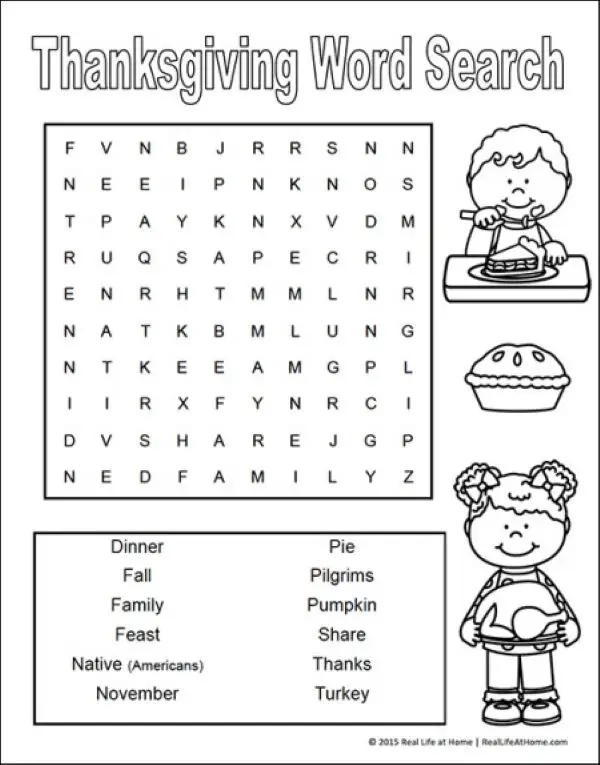Thanksgiving means many different things to many people, but in almost all cases, celebrations and festivities focus on family, church services to offer thanks, large dinners, and the main course, turkey.
In 1932, in the midst of the Depression, turkeys were reported at their lowest price ever, at least ten cents per pound lower than the year before. Local large purveyors had train carloads of turkeys delivered, with advance orders guaranteeing they would all be sold.
The price of turkey for Thanksgiving in 1932 in Monmouth County? Twenty-nine cents a pound!
In addition, turkeys were said to be better than ever in quality, given the weather conditions during their growing seasons and improved methods of raising turkeys.
In 1779, it was raisins that were hard to get to complete the Thanksgiving meal. According to a letter written by a young girl, Julianna Smith, to her cousin, Betsy, the family, at least three generations of both sides of the family, were gathering at Uncle Simeon’s house for the annual feast. Uncle Simeon was a merchandiser and had quantities of needed items in his inventory.
According to Julianna, everyone in the family in their own homes baked two or three days to make all the pies, cakes and breads necessary for the feast. And absence the raisins, dried sweet cherries were used, both beside the turkey in sauce and in pies and breads. The two grandmothers present at the Thanksgiving dinner were described as “handsome old ladies,” made even more handsome since they were surrounded by generations of their families.
When all the spices were not available, Uncle Simeon went into his stored supplies and came up with a jar of ginger preserves from a foreign port to put in the Suet Pudding, which replaced Plum Pudding for Thanksgiving. The pudding was also filled with dried plums and cherries, and the ginger was used in the mince pies.



